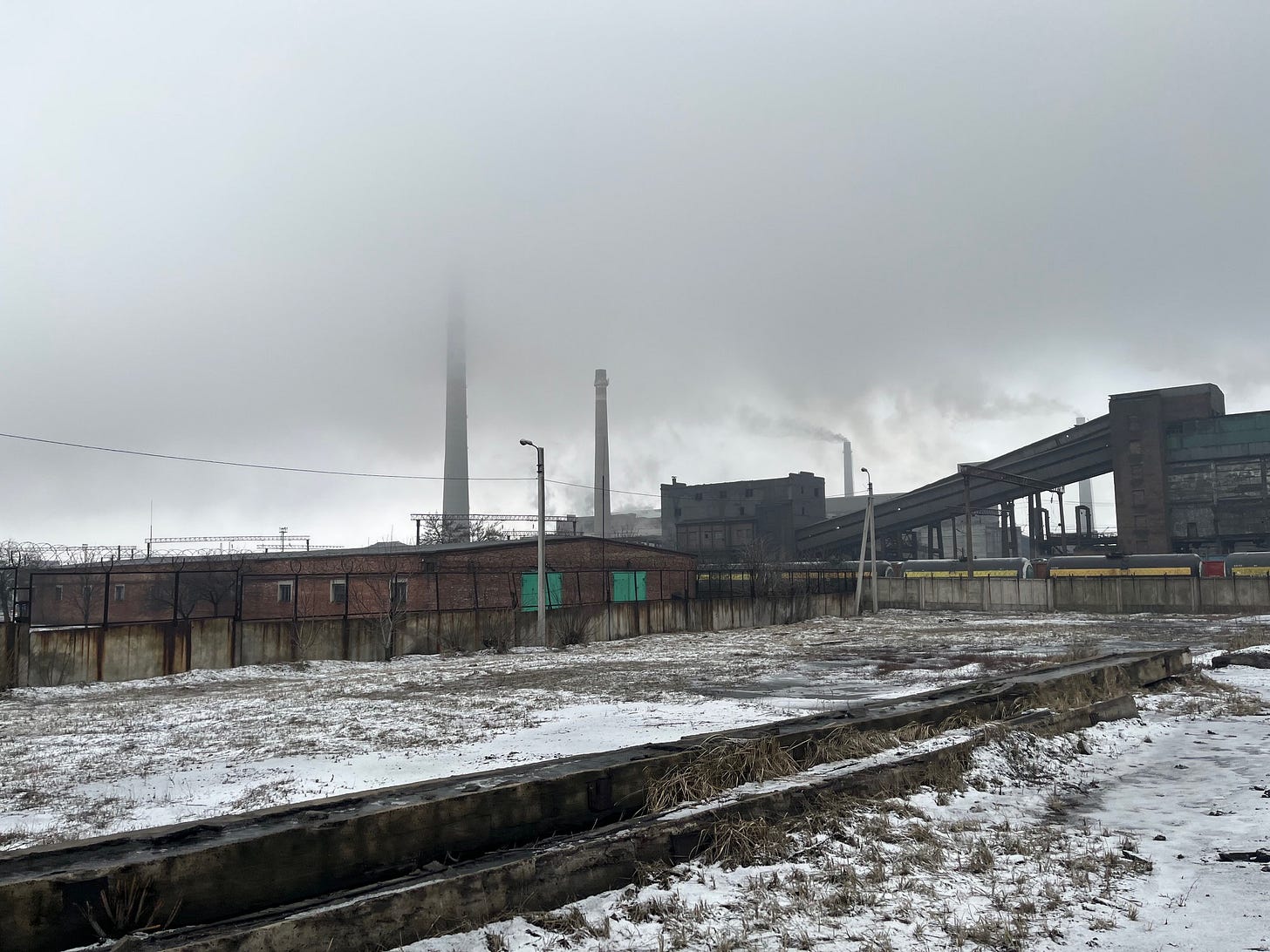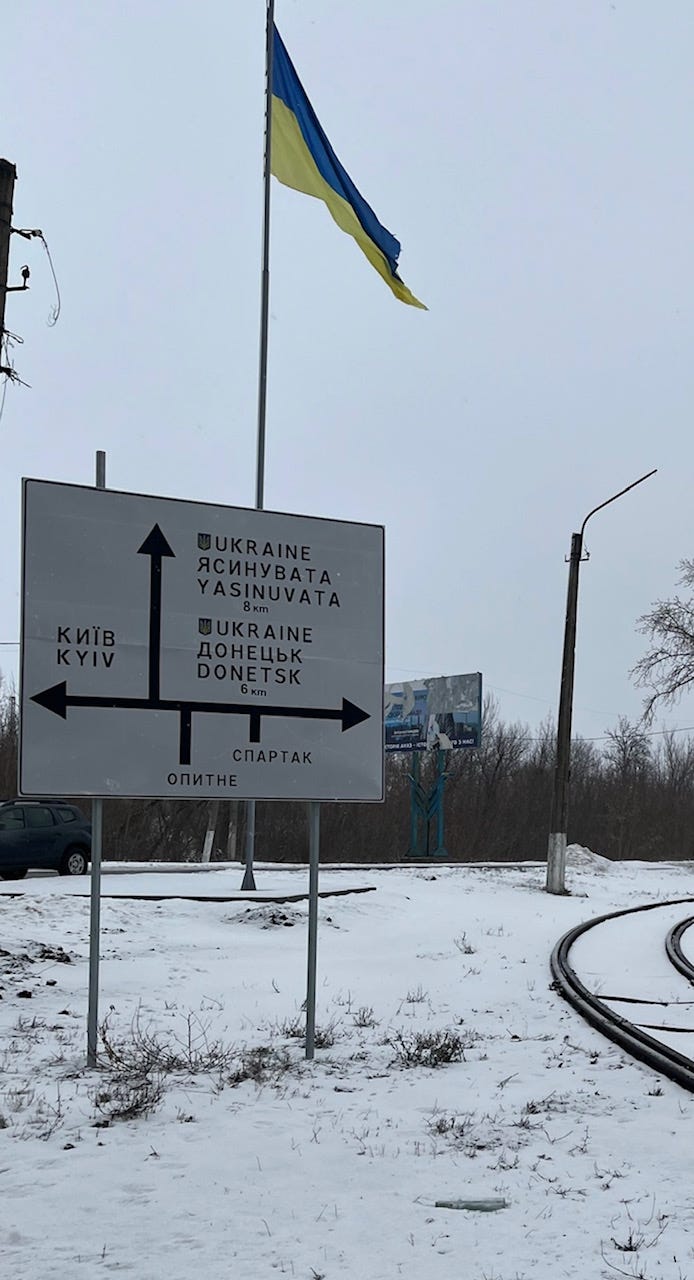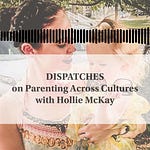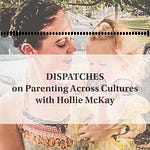“Don’t be mad at the mirror if you are ugly.”
- Russian President Vladimir Putin
While there is much concern and conjecturing regarding fears of an “imminent” Russian invasion into Ukraine, it is important to highlight that there are many unknowns – and Ukrainians themselves are living life as usual, without mass panic and hysteria.
The government in Kyiv is taking a much more measured tone than their counterparts in Washington DC. Not only is this a mark of not wanting to terrify a population of 44 million, but also to protect their interests and economy, which is already feeling the impact of a dropping currency, diplomatic withdrawal and severing of business ties.
Taking all this into account, Mr. Putin has already won without firing a shot – he has managed to cast doubt on the ability of the neighboring nation to weather crisis and evoked a sense of extra insecurity despite the reality that Ukrainians have been living with such a threat for eight years.
Washington and the EU are both reading the same intelligence files, and the former is taking a much bolder stance. It is all in the interpretation.
As much of the world cancels flights and urges citizens to leave Ukraine, following the heightened rhetoric from the DC beltway, there are still two countries dismissing the possibility of an immediate kinetic war: Ukraine and Russia, the two parties to this deep-seated conflict.
And although every pundit and person with a background or Master’s Degree in international studies has been busy brandishing theories and speculation, bear in mind that only one person really knows what the coming days and weeks will bring – Mr. Putin – and even he can’t surmise with any degree of certainty.
Let’s keep our eye on the reality, that is, not the reality that spins the news cycle.
ON EASTERN UKRAINE’S FRONTLINES, CHEMICAL CATASTROPHE THREAT LOOMS
If it wasn’t so sinister, it would be serene: snow-coated plains melting seamlessly into the white skies, leafless trees poking out through the morning mist, the occasional villagers braving the winter freeze to wander through the winding, soggy streets.
A distant cloud of smoke billows. It is then that we see a chemical plant lined with barbed-wire fences topped with coils. Like something from a turn-of-the-century movie set, rusted trains chug past the bleak brick buildings.
Yet that sprawling industrial structure has the potential to kill far more people than even the bloodiest of battles sporadically raging between Ukraine’s forces and pro-Russian militias nearby.
“Attacking the chemical plant is as dangerous as attacking fifteen nuclear reactors,” warns a former Kyiv official. “You also have to take into account the cyber infiltration elements and the possibility that a lot of people – even as far away as Kyiv – would be left without electricity. And that’s the best-case scenario.”
The consequences could be fatal for thousands. The most chilling part? Hits on critical plants in Donbas have already happened.
As 150,000 Russian troops surround Ukraine, tensions are at an all-time high. The majority of those troops are situated around an eastern oblast called Donbas, which has been wracked by conflict for almost eight years. Fighting continues not far from the industrial region’s most toxic and explosive chemical manufacturing and storage facilities.
If the conflict escalates, the plants may be collateral damage. At the same time, they are easily accessible by Russia’s arsenal. If just one of the many sites in the industrial oblast containing vast quantities of chlorine gas were to detonate, tens of thousands of people could be poisoned – something akin to Ukraine’s devastating 1986 Chernobyl nuclear power plant meltdown, classified as the worst nuclear disaster in history.
Unintentional or intentional, civilian casualties could again be high.
The Donetsk Filter Station depot, which contained 15,000 pounds of chlorine gas, was hit by a stray artillery shell in February 2017. By a stroke of luck, the containers were not damaged. Nevertheless, Vitaliy Barabash, Chief of the nearby Avdiivka Military Civil Administration, says that’s not the only such incident.
“Between 2014 and 2017, we recorded more than one hundred hits on this plant,” he admits. “So this coming week, we will have training in the city in case there is such a situation.”
The training educates residents about the evacuation process. The local administration has buses on standby to transport everyone, from children to the elderly, out of the city.
“We conduct such training every three months,” Barabash continues. “People have been killed and wounded in these attacks. At one time, the city went for more than a month and a half without lights, electricity, heating and water. “
The former soldier, who retired into an administration role two years ago, after receiving a bullet to the spine, recalls it was an especially frosty winter that they all went without.
“Still, to survive, we all have to take a stand,” he vows in earnest. “Sometimes there is a lot of fighting, but the past couple of days, it has been silent. As a military man myself, I understand how tense everyone is because of this silence. Everyone is waiting.”
CLICK TO READ MORE ABOUT THE CHEMICAL THREAT DOMINATING EASTERN UKRAINE
HOW A UKRAINIAN CITY FALLS TO PRO-RUSSIAN FORCES
This is how war starts.
In one moment, life and business seem ordinary. Then, in the next, something ominous happens. Shots are fired, and everything you ever knew and cherished is turned upside down.
“I was born in Donetsk, I received my first education in Donetsk, I was married in Donetsk, and my kids were born in Donetsk,” recalls Natalya Yemchenko, the now Kyiv-based Director of Public Relations and Communications for financial and industrial holding company, System Capital Management.
Following her university graduation, Yemchenko rose quickly in the ranks of finance in the aftermath of the Soviet Union’s collapse, when the industrial region became a freefall of both great dreams and immense devastation.
Having also grown up in Donetsk, deep within the eastern oblast of Donbas, Igor Novikov, a former advisor to the reigning President Zelensky and fellow native of the city, described it at the time as something like the “wild west.”
“After the Fall of the USSR, back in the 1990s, Donetsk was infested with major organized crime. I remember my father, a mid-level manager at a coal mine, would go to work, and his meeting would be canceled because the person he was supposed to meet had been killed that day. Walking to school, we would hear gunshots and later read that five people were shot dead that morning,” he remembers. “Everyone was trying to make money, and Donetsk became one of the largest industrial cities. Once the USSR fell, there was chaos, and everyone was waiting for a new king of the jungle.”
From Yemchenko’s perspective, the enclave was in a bloody but bountiful search for a “new world order.” Yet behind the scenes, Novikov notes, Moscow was already trying to influence hearts and minds through propaganda campaigns as early as 1991.
As soon as the Maidan Revolution in Kyiv toppled Viktor Yanukovych’s administration in early 2014, Russian Forces quickly annexed Crimea. But something odd, unexplainable wafted into Donetsk too.
“There were many strange people in the city who were not locals. They asked strange questions, used strange words,” Yemchenko remembers.
Next, attacks on government buildings ignited, at first taking on the façade of a grassroots movement, with homeless people wielding sticks and stones and claiming to represent the “voice and anger of the people.” Many inside were not sure if it was a temporary swell of bloodletting or something deeper, more long-lasting and ominous.
Yemchenko’s children had gone to their grandparents’ house outside Donetsk for Spring vacation, and anxiously, she instructed them to stay until a more complete picture emerged.
“It didn’t look like a war. It looked like something out of an art-house movie, where you find yourself in some surreal circumstance,” she continues. “I definitely was not ready for it.”
Amid the clashes, Yemchenko said she stayed in her beloved city as long as possible, helping evacuate tens of thousands from the frenetic city, where understanding who was on your side and who wasn’t, was difficult to discern.
It was especially difficult and gut wrenching to assist the orphanages and hospitals for the elderly, disabled, blind and deaf, and those under psychiatric care, abandoned amid the firestorm because the staff caring for them had fled in fear, Yemchenko observes softly.
At the time, others in Donetsk pointed out that shelling would occur, slaughtering civilians, and each side would blame the other or use it as a public relations coup to claim that the “other” killed ordinary people.
Yet it was not until witnessing the bizarre, nightmare-like march of pro-Russian rebels coming in from afar, that Yemchenko decided to run for it while there was still time.
Shadowy Russian commander Igor Girkin retreated from the seized eastern Ukrainian city of Sloviansk around July 5, 2014, amid a massive Ukrainian offensive. Weapons in hand, he marched on-foot some 80 miles with his men over several days to seal Donetsk with little resistance.
Ukrainians, watching events in real-time on social media and television, were incensed that the fighters weren’t shot at nor stopped with air or artillery.
“Everyone was waiting for something to happen, for these people to be stopped before they reached Donetsk,” one Ukrainian tells me, still baffled by the memory. “But nothing happened. They made it all the way in to take Donetsk.”
Speculation then was that new Ukrainian President Petro Poroshenko ordered a stand-down of Ukrainian forces as he feared an all-out war might break out, propelled by assumed threats from Moscow not to repel.
“I left in my car; I remember I was just in a pair of shorts and a shirt, and all I left with was a small bag,” Yemchenko notes wistfully. “And I never went back.”
Yet in the advantage of hindsight, the writing had been on the wall.
Before the so-called separatist invasion, parts of the industrial region on the Russian border were notable for their pro-Russian sentiment. Having lost Crimea without a fight weeks earlier, Ukrainian forces acted immediately to prevent losing more territory. Instead, street brawls broke out between pro-Russian and pro-Ukrainian groups, and the cities of Donetsk and Luhansk fell from Kyiv’s control. As much as the Kremlin denies supporting or arming the pro-Russian dissidents, almost any Ukrainian – or Washington official for that matter – can tell you there is no doubt where they get their strength, if not to invade, at least to hold these areas some eight years later.
Russian-speaking rebels seized government buildings and established themselves as the self-styled “Donetsk People’s Republic” (DPR) and “Luhansk People’s Republic” (LPR). But the beginnings of war would quickly take more lives than just those boots on the ground.
On July 17, 2014, a Malaysian Airline passenger jet was shot down during the clashes en route to Kuala Lumpur from Amsterdam – killing all 298 people on board. Dutch investigators allege a Russian Buk missile brought down the plane in the rebel-held region, but Moscow rejects any involvement.
Ukrainian soldiers and volunteers eventually withdrew from the Donetsk conflict in a bid to prevent even more civilians from being wound up in the crossfire. The Kremlin has maintained a plausible denial of any involvement in eastern Ukraine, but many high-ranking officials in the occupied areas are linked to Moscow.
Moreover, information and anecdotes from within the hermit DPR and LPR paint a grim picture.
The days of easy entrance and exit and cozy sleeper trains to Kyiv are long gone. Instead, Ukrainians who want to visit friends or family in those areas now have to take an almost 30-hour mini-bus journey (it used to take eight), circling through Russia and changing vehicles.
Nightly curfews are still in effect in some parts, and dozens of shops are shuttered into a shell of a once-vibrant city. Some have lamented a sharp plummet in living standards in the largely internationally unrecognized bastions.
According to a Donetsk-connected source, those living there have become accustomed to the sounds of persistent shelling, and the Russian Ruble – rather than the Ukrainian hryvnia – has become the accepted currency in the “self-sustaining economy.” People who reside there often have both Ukrainian and DNR phone numbers, although the latter is steadily taking over more and more cell towers.
“The area still resembles Ukraine, but no new infrastructure has been built and what is left is decaying as each year goes by,” the insider notes. “There is work and salaries, but the city was hit pretty bad with COVID and struggled to get vaccines.”
Eventually, Russia shipped in a modest amount – only it was the one-dose “Sputnik-Light” version, which many claim was far less effective than most other inoculations on the market. Some liken the DNR to a “mini North Korea,” pointing out that occasional entertainment comes in the form of Russian pop stars randomly coming to perform. And in places where big western brands used to be – such as McDonald’s – are now patriotic Russian copies serving their own take on burgers and fries.
“Western brands all left, and even Russian brands are afraid to go in because of sanctions,” the source says.
CLICK TO READ MORE ABOUT LIFE INSIDE OCCUPIED CITIES
For those interested in learning more about the aftermath of war, please pick up a copy of my latest book “Only Cry for the Living: Memos from Inside the ISIS Battlefield.”
Also if you want to support small business:
And also now available Down Under!
Thanks again for your support. Follow me on Instagram and Twitter for more updates


















Share this post